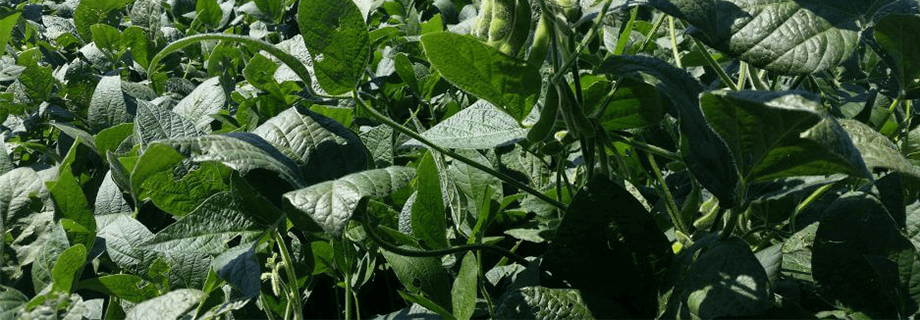Farm-To-Table Movement

You may have noticed that some local restaurants and grocery stores are boldly advertising their menu items to be connected to their local farmers. But how are they really connected? Who is really behind the processing of all the food and why are so many companies focusing their brand and marketing on this concept?
There is a Farm-to-Table movement underway that is driven by the local consumer where consumers are willing to pay higher prices to consume foods that come with the story/connection to how it was grown and where it was produced. When given the choice, many consumers are willing to pay premiums to address food issues like: sustainability, organic, Non-GMO, antibiotic-free, free-range and humanely raised proteins. In effect, they correctly perceive that they can directly influence their food supply by seeking out and paying high dollar for foods that provide solutions to their personal concerns regarding food quality.
Aside from that, the consumer also considers the economic value of spending their dollar locally by positively impacting the community that they live in. Knowing the farmers and processors that handle your food brings an extra value. In order to illustrate this farm to table network, I will use the model our customers utilize to grow organic fed, free-range chickens with the chemical-free and environmentally friendly Insta-Pro ExPress® process.
A farmer will grow local certified organic grains and oilseeds that are harvested and stored on the farm. The local feed manufacturer then buys the certified grains and oilseeds from the farmer to manufacture them into feed. The oilseeds, i.e. organic soybeans are then processed at the feed manufacture’s location to reduce anti-nutritional factors, such as trypsin inhibitors and to increase amino acid digestibility. Insta-Pro’s chemical free ExPress® process is an extremely effective way to process organic soybeans into high quality chicken feed.
The ExPress® soybean meal is blended with ground organic grains, vitamins, minerals and delivered to the chicken farm. The birds are housed in a friendly environment then grown and delivered to a local meat processing facility where they are processed. After that, the meat is delivered and served at your local restaurant or grocery store.
The driver for the Farm-to-Table movement is the consumer who is willing to pay extra to know where their food comes from, and the processors are fulfilling this demand. The model laid out above contains the story of sustainable, organic, and humanely raised proteins entering into the food supply chain. Consumers are driving this demand and statistics from the Organic Trade Association show that the global demand for sustainable, organic, and Non-GMO products are rising.


